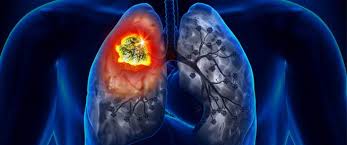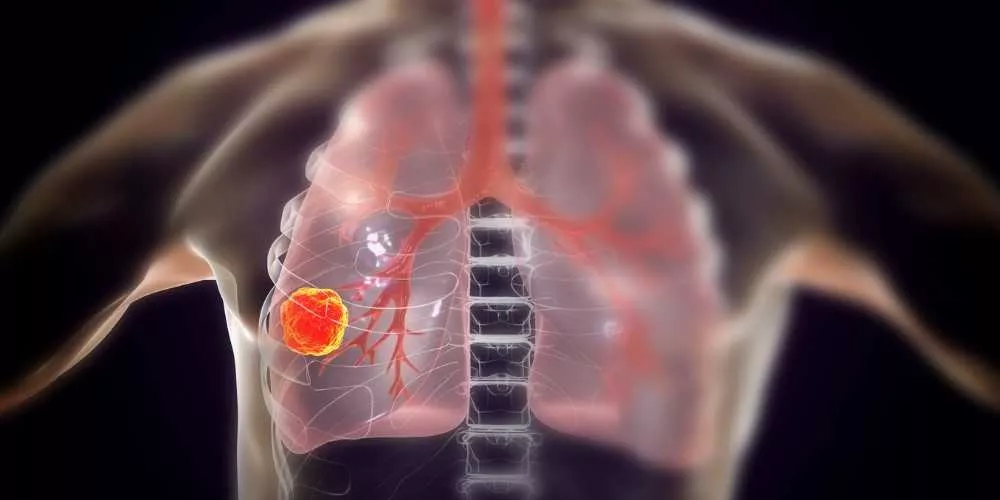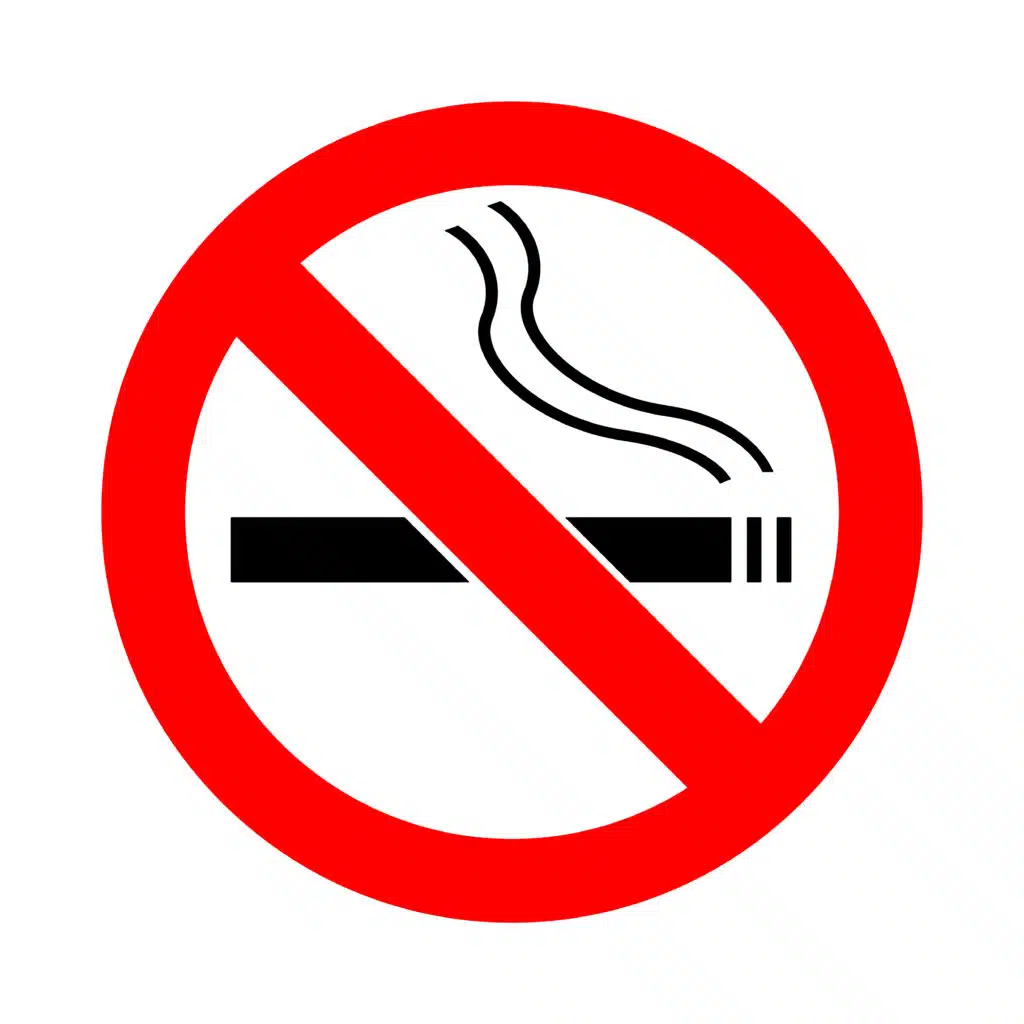First: Non-Small Cell
Lung Cancer
This type is the most common type of lung tumor, accounting for approximately 85% of lung cancer cases. It is divided into several subtypes:
Second: Small Cell
Lung Cancer
While this type of lung tumor accounts for approximately 15% of cases, it grows rapidly and spreads rapidly to other parts of the body.
It is worth noting that correctly identifying the tumor type is crucial for determining the appropriate treatment, as treatment options include surgery, radiation therapy, chemotherapy, and targeted therapy.
 English
English






